To travel to Peru and not see the famous llamas is like making a fruit salad without apple, something incomplete by any reckoning! So before getting on the airplane to fly to Lima you must be aware that ,sooner or later, you’ll meet any of these South American camelids.
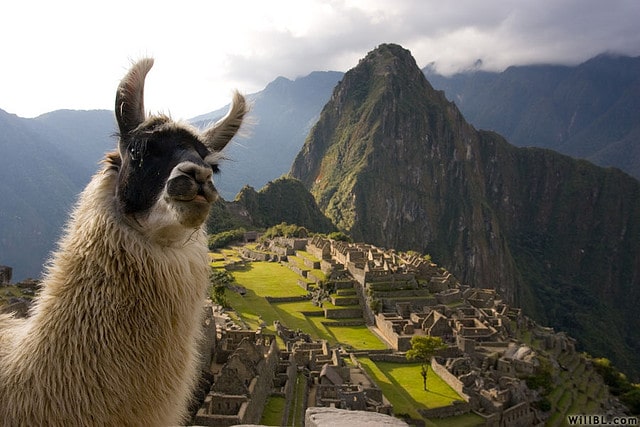
But when we say be aware, we mean expect to see Peruvian llamas along the streets of the highest provinces in the country, like Puno, Apurimac, Cuzco, Ayacucho, Huancavelica, Huancayo, part of Arequipa, Moquegua or Huanuco… and also in restaurant menus. Exactly, maybe the first time you come across one of these animals is on a plate with a sauce; although in this case it might not be a llama but an alpaca, cause as time goes by you’ll discover that the animals we all had considered llamas can also be alpacas, vicuñas and even guanacos!
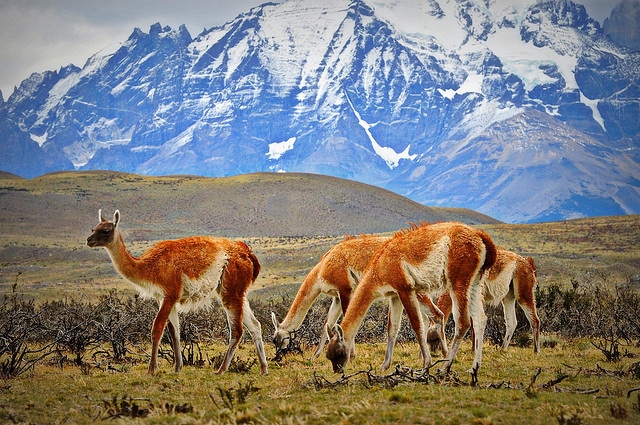
Don’t worry if your ignorance on this subject is supine, cause you can attend a lecture about these four different races in a place called Awanakancha, which is a camel breeding center located on the road from Cuzco to Pisac. Also called “living museum of los Andes”, it’s ready to hold tourists in its kind of zoo-workshop to learn to distinguish between the different types of camels and to know how alpaca wool is woven by hand.
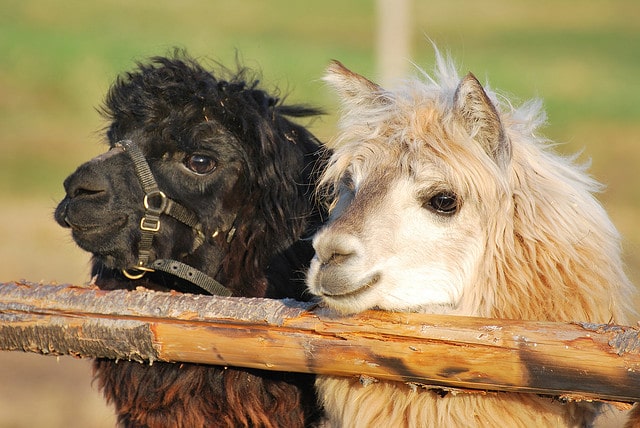
But llamas aren’t just something wonderful of present times; back in Inca days they were already prized animals and did the work that horses and oxen were doing in Europe. Many ancient images of this beautiful animal can be seen in Moche ceramics, and it was even used in religious ceremonies as a sacred Andean animal: one of the most famous examples is the closure of the Inti Raymi festival, consisting of the sacrifice a llama in the Sacsayhuaman ritual for the sun.
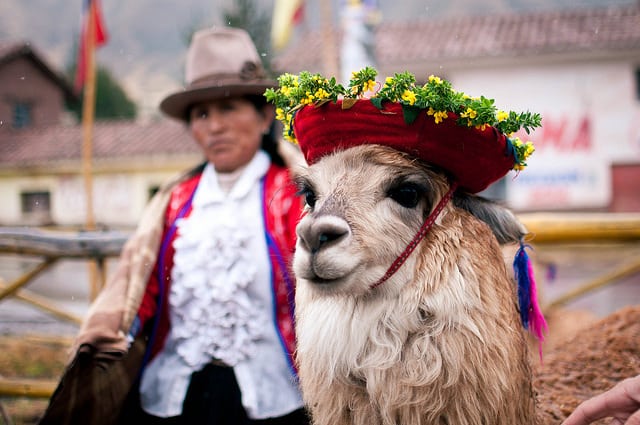
These camels have gotten adapted to the inhospitable environment of the highlands since they were domesticated 4.500 years ago, and they graze perfectly fine in their habitat no matter the whipping cold. They are used to living in that environment, something impossible for other animals such as sheep or cows. That’s why it represents strength in their communities, they’ve been used as a beast of burden and have withstood and survived firmly all the changes among the centuries. However, it’s estimated that the species were reduced due to the hunters and the lack of protection.
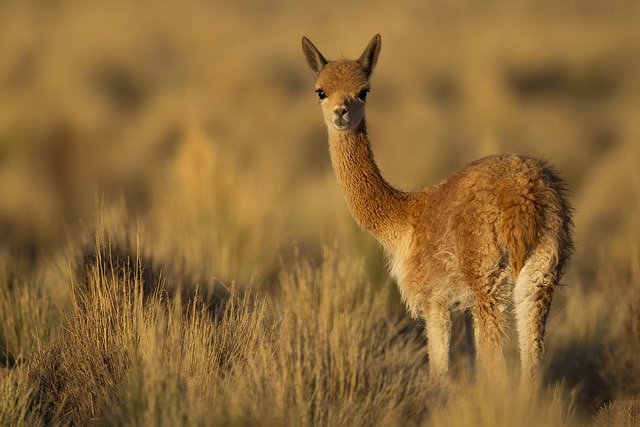
Photos: Léo Comrier, Will Burrard-Lucas, Danilo Linhares, Paul Jones and Dene’ Miles.














